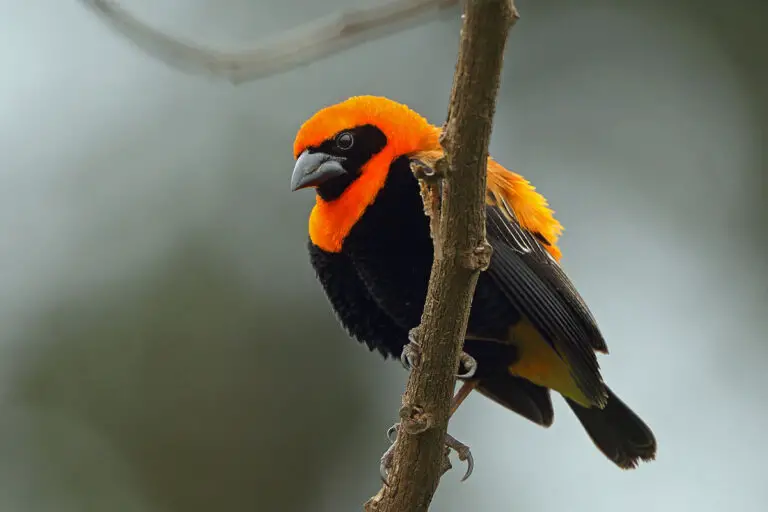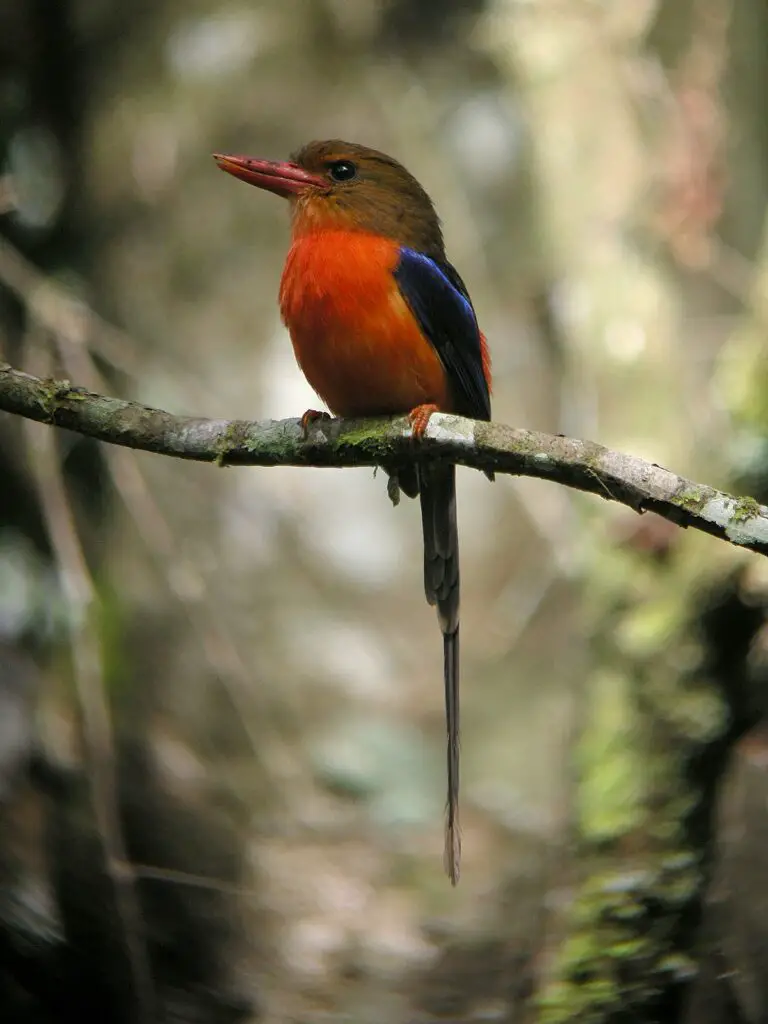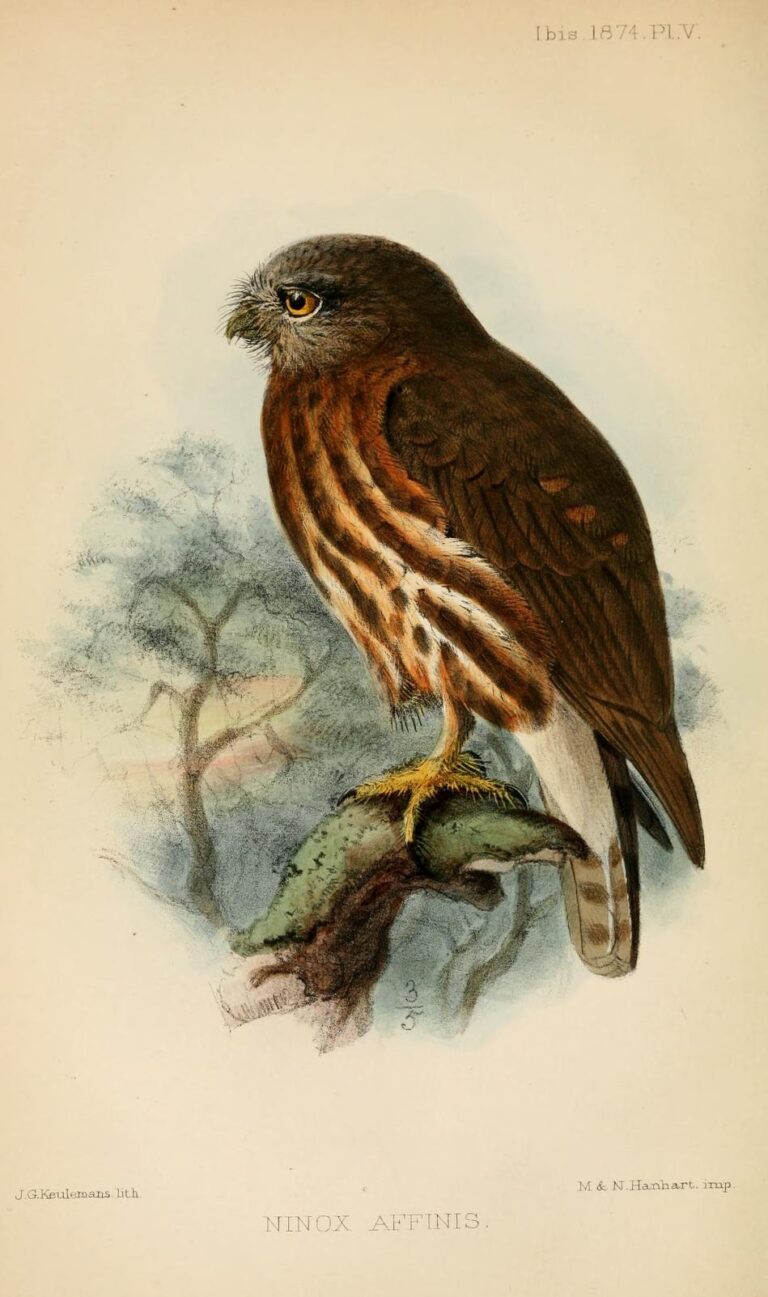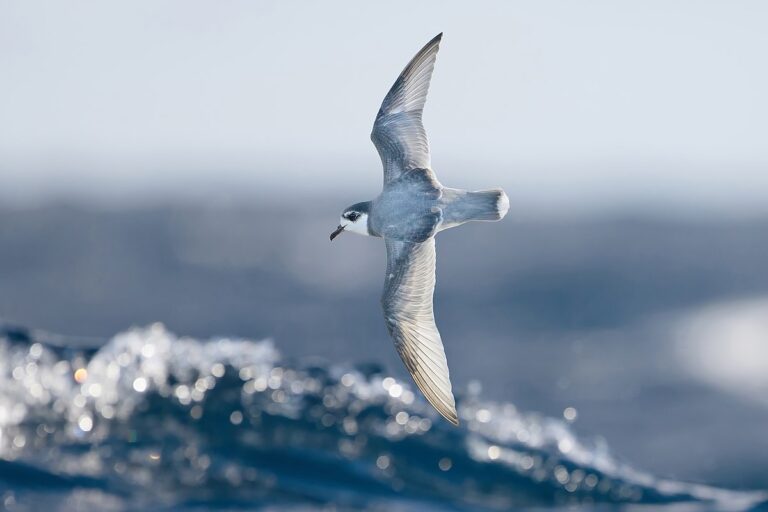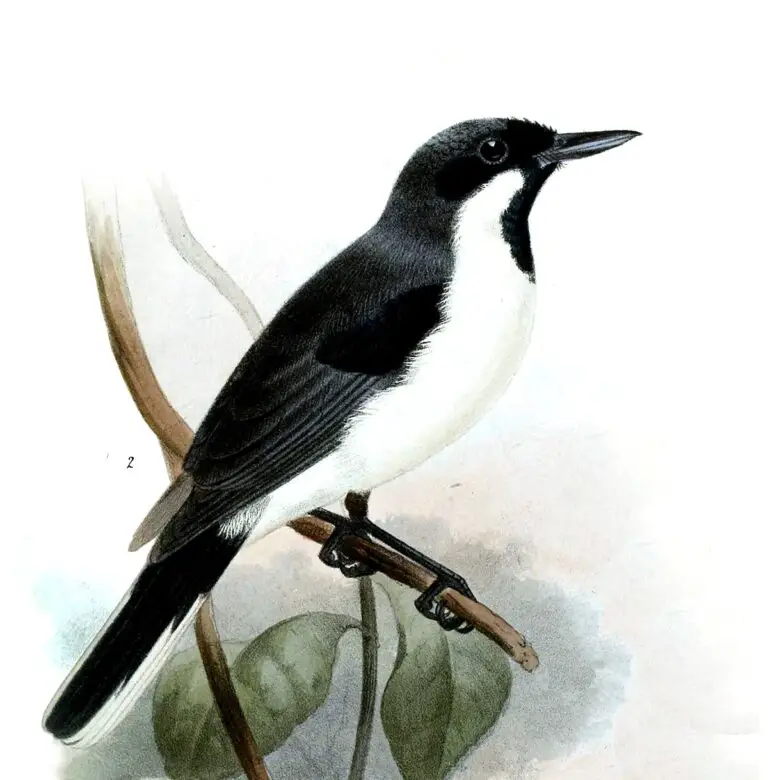Woodpecker
“They have zygodactyl feet, with the first and fourth toes facing backward, the second and third facing forward, so they can grip tree trunks more efficiently”
Woodpeckers are fascinating birds, known for their distinctive behavior of pecking and drumming on trees. Here’s a breakdown of their scientific classification and their global distribution:
Scientific Classification:
- Kingdom: Animalia
- Phylum: Chordata
- Class: Aves
- Order: Piciformes
- Family: Picidae
Conservation Status: Woodpeckers are generally classified as “Least Concern” in terms of conservation status. However, specific species may face localized threats due to habitat loss, climate change, and other factors.
Locations: Woodpeckers are found on every continent except Antarctica. Their distribution spans across various regions, including:
- Africa
- Asia
- Central America
- Eurasia
- Europe
- North America
- South America
Their adaptability to different environments and habitats contributes to their widespread presence across the globe.
Woodpeckers are fascinating creatures with a variety of interesting characteristics:
Main Prey: Woodpeckers primarily feed on seeds, fruit, and insects, utilizing their strong beaks to extract food from trees.
Fun Fact: They possess zygodactyl feet, a unique adaptation that allows them to grip tree trunks more efficiently. This foot structure consists of two toes facing forward and two toes facing backward.
Wingspan: Woodpeckers can have a wingspan of up to 30 inches, aiding them in flight and balance while maneuvering through dense forest habitats.
Incubation Period: The incubation period for woodpecker eggs ranges from 11 days to two weeks, during which time the parent birds diligently care for their developing young.
Habitat: Woodpeckers are commonly found in dense forests and woodlands, where they can easily access trees for foraging and nesting.
Predators: Common predators of woodpeckers include rats, snakes, and wild cats, which may prey on eggs, nestlings, or vulnerable adult birds.
Diet: Woodpeckers are omnivores, consuming a varied diet of both plant and animal matter to meet their nutritional needs.
Lifestyle: Woodpeckers are typically solitary birds, although they may form pairs during the breeding season. They are known for their distinctive drumming and tapping behaviors.
Favorite Food: Seeds are among the favorite foods of woodpeckers, which they often seek out while foraging in trees.
Average Clutch Size: Woodpeckers typically lay clutches of around four eggs, which they incubate until hatching.
Slogan: With around 200 different species, woodpeckers display a remarkable diversity in their characteristics and behaviors.
Nesting Location: Woodpeckers create nesting holes in the trunks of trees, excavating cavities where they raise their young and seek shelter.
Age of Molting: Molting, the process of shedding old feathers and growing new ones, typically occurs in late summer within the first year of a woodpecker’s life.
Physical Characteristics:
- Color: Woodpeckers can exhibit a variety of colors, including brown, grey, red, black, white, tan, and even green, depending on the species.
- Skin Type: Their bodies are covered in feathers, which provide insulation and aid in flight.
- Top Speed: Woodpeckers can reach speeds of up to 15 mph in flight.
- Lifespan: The average lifespan of a woodpecker ranges from 6 to 11 years, although some individuals may live longer.
- Weight: Woodpeckers vary in size and weight, with species ranging from as light as 7 grams to as heavy as 600 grams.
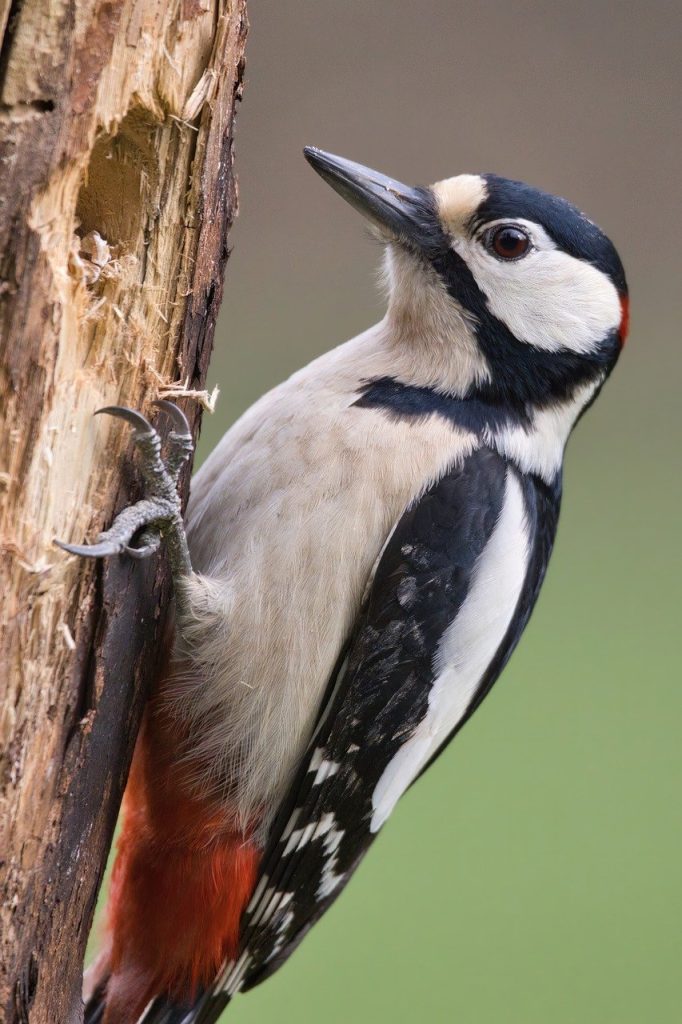
Woodpeckers truly are remarkable birds with their unique adaptations and widespread distribution. Their zygodactyl feet enable them to cling to tree trunks and branches with exceptional agility, facilitating their foraging and nesting behaviors.
As for their global presence, it’s impressive how woodpeckers inhabit diverse environments across the world, from dense forests to urban areas. While they may not be found in certain regions like New Guinea, New Zealand, Madagascar, Australia, and the polar regions, their absence in these areas is balanced by their presence in numerous other habitats.
The family Picidae boasts an impressive diversity, with approximately 236 species of woodpeckers identified. However, it’s concerning that about 20 of these species are currently facing the threat of extinction. Conservation efforts are crucial to protect these vulnerable populations and ensure the continued survival of woodpecker species worldwide.
An Amazing Bird: Woodpecker Facts!
Woodpeckers are truly remarkable birds, and their adaptations for foraging and communication are fascinating:
- Long Tongue: The woodpecker’s tongue is an incredible tool, often twice the length of its beak. This adaptation allows it to reach deep into crevices to extract insects, while its sticky saliva aids in capturing and clinging to prey.
- Tongue as a Shock Absorber: The woodpecker’s tongue is not just for feeding; it also serves as a shock absorber. Wrapping around the back of its head between tissue and bone, it helps cushion the impact when the bird is drumming its bill against trees.
- Feathers on Nose: Feathers around the woodpecker’s nostrils serve a practical purpose, keeping wood debris out while it bores holes in trees. This adaptation ensures that the bird’s airways remain clear during its foraging activities.
- Drumming Behavior: Woodpeckers are known for their distinctive drumming behavior. While they use their jackhammer-like bills to excavate insects from wood, they also drum on trees to create rhythms. This drumming serves various purposes, including attracting mates, establishing territory, and communicating with other woodpeckers.
- Size Variation: Woodpeckers come in a range of sizes, from the smaller species to the impressive imperial woodpecker, which could reach nearly 23 inches in length. Unfortunately, the imperial woodpecker is believed to be extinct today, highlighting the importance of conservation efforts to protect these incredible birds.
These adaptations and behaviors demonstrate the woodpecker’s remarkable ability to thrive in various habitats and fulfill its ecological niche as a specialized forager and communicator.
Where to Find Woodpeckers
Woodpeckers’ adaptability to different habitats is truly remarkable. While they are commonly associated with woodsy environments, they demonstrate versatility in their choice of habitats:
- Woodsy Habitats: The majority of woodpecker species are found in forested areas, where they can utilize trees for foraging, nesting, and communication. These habitats provide ample opportunities for woodpeckers to find insects, excavate nesting sites, and establish territories.
- Rocky Areas: Some woodpecker species have adapted to rocky environments, where they may utilize rock crevices or cliffs for nesting and foraging. While less common than those found in wooded habitats, these species demonstrate the woodpecker’s ability to thrive in diverse landscapes.
- Desert Habitat: The Gila woodpecker is a notable example of a species that has adapted to desert environments. Found in regions with cacti, such as the southwestern United States and northern Mexico, the Gila woodpecker subsists on a diet primarily composed of cactus fruit and insects found in cacti. This adaptation allows them to thrive in arid landscapes where woodsy habitats are scarce.
Despite their adaptability, woodpeckers are absent from the extreme polar regions of Australasia (Australia and surrounding islands) and Madagascar. These regions may lack suitable habitats or resources necessary for woodpeckers to survive and thrive. However, woodpeckers are found on nearly every other continent, demonstrating their widespread distribution and ability to occupy diverse ecosystems.
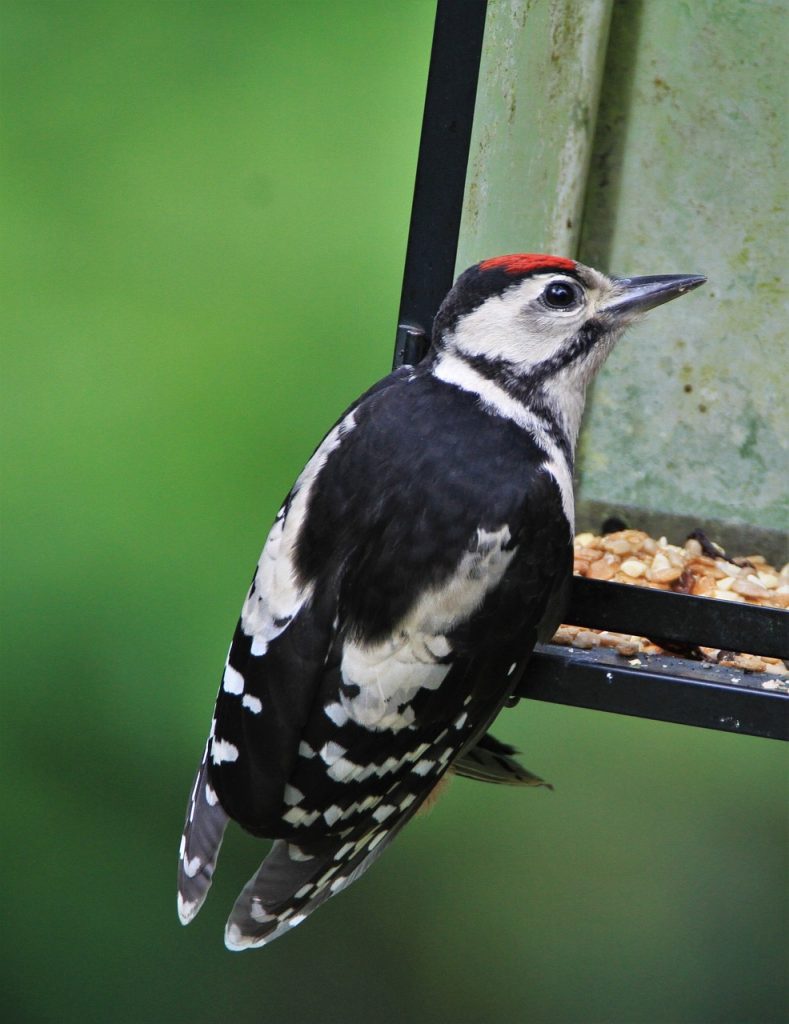
Scientific Name
The diversity of woodpecker species is indeed remarkable, and while the exact number may vary depending on taxonomic revisions and ongoing research, the International Ornithological Congress (IOC) provides a recognized classification. According to the IOC, there are 236 species of woodpeckers worldwide, all belonging to the family Picidae.
These 236 species are further categorized into 36 genera within the Picidae family. This classification reflects the rich variety of woodpeckers found across the globe, each adapted to specific habitats, feeding behaviors, and ecological niches.
While disagreements among experts regarding the total number of woodpecker species may arise due to differences in taxonomic interpretations or new discoveries, the IOC’s classification serves as a widely accepted reference for understanding the diversity and distribution of woodpeckers worldwide.
Evolution and Origins
Woodpeckers indeed possess a fascinating evolutionary history and specialized adaptations that have enabled them to thrive in their ecological niche. Let’s delve deeper into the evolution and origins of these remarkable birds:
Fossil Evidence: The discovery of the Eopicius fossil from the late Eocene period provides valuable insights into the early evolution of woodpeckers. This ancient bird, believed to be an ancestor of modern woodpeckers, offers a glimpse into the evolutionary beginnings of the Picidae family.
Specialized Adaptations: Over millions of years, woodpeckers have evolved a suite of specialized adaptations suited to their unique feeding and nesting behaviors. One of the most notable adaptations is their powerful bills, made of keratin, a hard material also found in human hair and nails. The bill’s chisel-like shape and sharp edge enable woodpeckers to efficiently chisel away wood to access insects hidden within.
Tongue and Feeding Strategy: Woodpeckers’ long, sticky tongues are another crucial adaptation for extracting insects from deep within wood. This specialized tongue, combined with their drilling capabilities, allows woodpeckers to exploit a rich food source while minimizing competition with other bird species.
Perching Adaptations: Woodpeckers have also evolved unique perching adaptations, particularly in the use of their stiff tail feathers, known as rectrices. These feathers provide support and stability, allowing woodpeckers to maintain balance and leverage while drilling into wood. This specialized perching behavior is essential for their foraging and nesting activities.
Overall, the evolutionary journey of woodpeckers showcases the remarkable adaptations that have enabled them to thrive in various habitats worldwide. From their powerful bills to their unique feeding strategies and perching behaviors, woodpeckers exemplify nature’s ingenuity in adapting to specialized ecological roles.
Common Types of Woodpeckers
Woodpeckers exhibit an incredible diversity of species, each adapted to various habitats and displaying unique characteristics. Here’s a breakdown of some notable woodpecker species mentioned:
- Red-headed Woodpecker: Known for its striking plumage, with a bright red head and black and white body, the red-headed woodpecker inhabits woodlands across North America. It is known for its habit of catching insects in flight.
- Northern Flicker: With its distinctive spotted plumage and habit of foraging on the ground for ants and beetles, the northern flicker is one of the few woodpecker species that commonly feeds on the ground. It is found across North America.
- Acorn Woodpecker: Acorn woodpeckers are known for their unique communal nesting habits, where multiple individuals work together to excavate and maintain a single nest cavity. They store acorns in specially drilled holes in trees, creating “granaries” for food storage.
- Ivory-billed Woodpecker: The ivory-billed woodpecker is one of the largest woodpecker species and was once found in the southeastern United States. Unfortunately, it is considered critically endangered or possibly extinct due to habitat loss and other factors.
- Great Spotted Woodpecker: Found across Europe and Asia, the great spotted woodpecker is known for its distinctive black and white plumage and its habit of drumming on trees during the breeding season to establish territory and attract mates.
- Magellanic Woodpecker: Endemic to the southern forests of South America, the Magellanic woodpecker is one of the largest woodpecker species in the world. It is known for its powerful drumming and distinctive red crest.
- Middle Spotted Woodpecker: This woodpecker species is found in parts of Europe and Asia, where it inhabits deciduous and mixed forests. It is known for its striking black and white plumage and its habit of foraging for insects on tree trunks and branches.
These are just a few examples of the incredible diversity of woodpecker species found around the world, each with its own unique adaptations and behaviors.
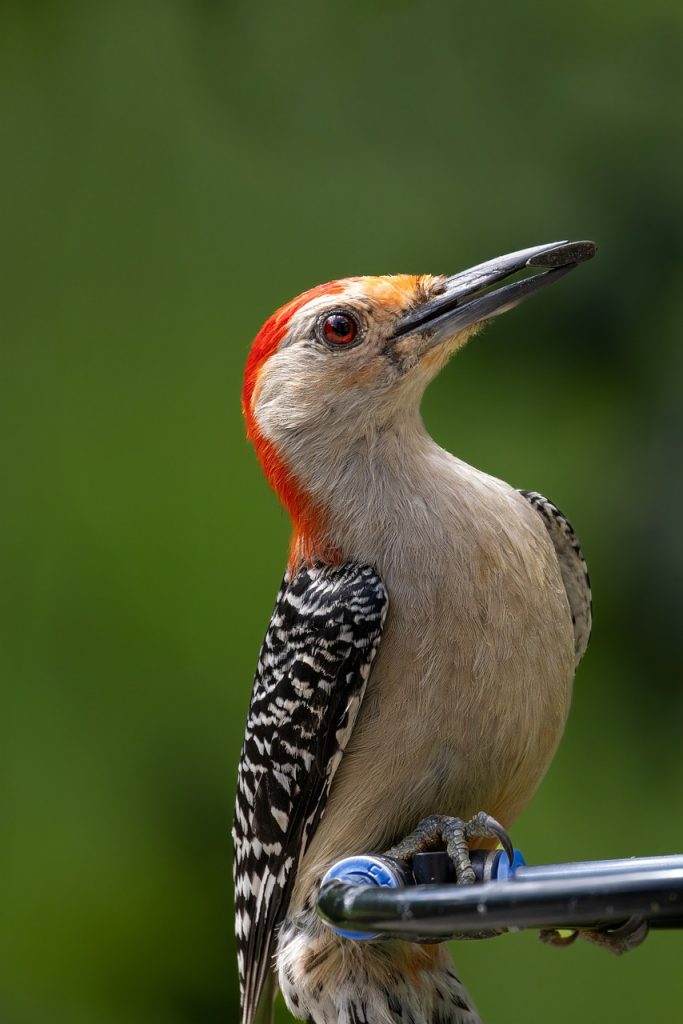
Size, Appearance & Behavior
Woodpeckers indeed exhibit a wide range of sizes, from the tiny piculets to the larger pileated and great slaty woodpeckers. Despite this variation, they share several distinctive features that are characteristic of the family Picidae:
- Chisel-Tipped Beak: Woodpeckers possess strong, chisel-tipped beaks that are well-suited for excavating wood and extracting insects.
- Zygodactyl Feet: Their feet are zygodactyl, meaning they have two toes facing forward and two toes facing backward. This arrangement provides them with a strong grip on vertical surfaces, such as tree trunks.
- Contrasting Crest: Many woodpecker species have a contrasting crest or feathery tuft on their crown, which adds to their distinctive appearance.
- Strong Legs: Despite their short length, woodpeckers have strong legs that help support their body weight while clinging to trees.
- Stiff Tail: Woodpeckers have a stiff tail that acts as a prop for balance while they are perched upright on trees.
- Long, Sticky Tongues: Their tongues are exceptionally long and sticky, allowing them to probe deep into crevices to extract insects.
- Shock-Absorbing Skull Bone: Woodpeckers have a specialized skull structure with a spongy bone layer that absorbs the impact of their repeated drumming and pecking.
- Nostril Feathers: Feathers around their nostrils help prevent them from inhaling debris while excavating wood.
Woodpeckers communicate through a variety of vocalizations, including twitters, trills, whistles, chattering, shrieks, wails, and rattles. These vocalizations serve various purposes, including warnings, attraction, and territorialism. Even young nestlings communicate with their parents through vocalizations.
While most woodpecker species are non-migratory and remain in their habitats year-round, some species, like the yellow-shafted flicker and the yellow-bellied sapsucker, undertake seasonal migrations to their breeding and wintering grounds.
Diet
Woodpeckers’ role as insectivores is crucial for maintaining the balance of ecosystems, particularly in forested areas. Their diet primarily consists of insects and their larvae, which they excavate from tree bark and wood. However, woodpeckers are opportunistic feeders and will consume a variety of foods depending on availability. This includes birds’ eggs, baby birds, small rodents, reptiles, fruit, nuts, and tree sap.
Their foraging behavior not only sustains their own populations but also contributes to the overall health of forest ecosystems. By feeding on insects like the emerald ash borer beetle, which can cause significant damage to trees, woodpeckers help control pest populations and mitigate potential ecological impacts. This, in turn, benefits the health and diversity of forest habitats.
The relationship between woodpeckers and the emerald ash borer beetle is a prime example of how these birds can have a positive impact on forest ecosystems. As woodpeckers prey on the larvae of the emerald ash borer beetle, they help limit the beetle’s destructive effects on ash trees. This, in turn, benefits other bird species, such as the red-bellied, downy, and hairy woodpeckers, which have experienced population increases due to the availability of this food source.
Overall, woodpeckers play a vital role in maintaining the ecological balance of forests by controlling insect populations and contributing to overall ecosystem health. Their feeding behaviors not only benefit their own populations but also have cascading effects that support the broader biodiversity of forest ecosystems.
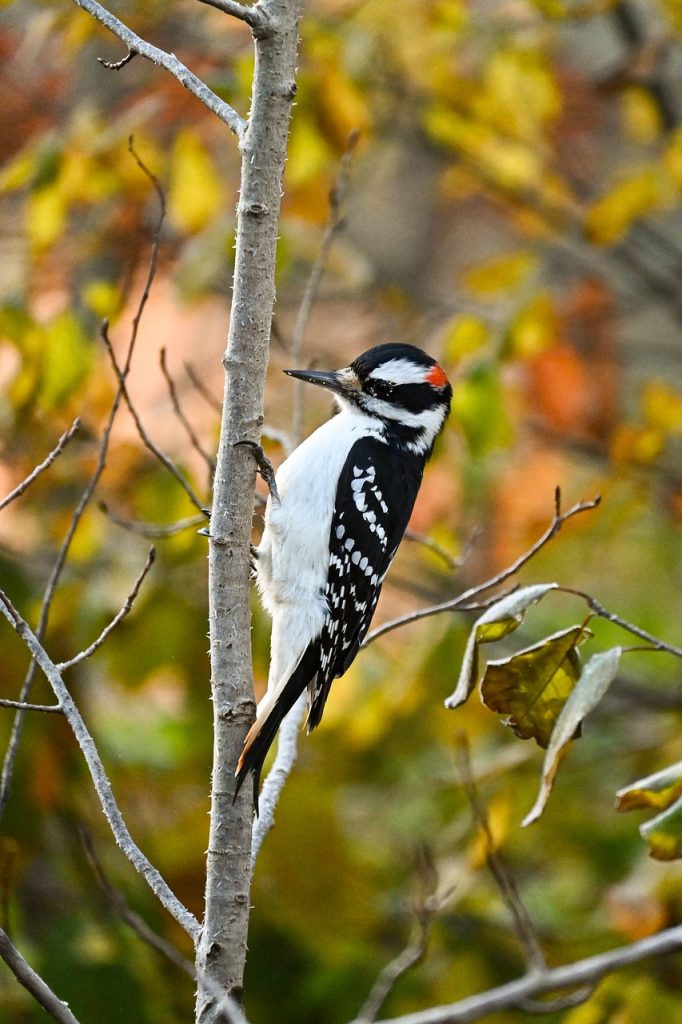
The Bird’s Predators and Threats
Human activities, particularly habitat loss and degradation, pose significant threats to woodpeckers worldwide. Here’s how:
- Habitat Loss: Human encroachment, including urbanization, deforestation, and agricultural expansion, leads to the destruction and fragmentation of woodpeckers’ natural habitats. This loss of suitable habitat reduces the availability of nesting sites, foraging areas, and roosting sites, ultimately impacting woodpecker populations.
- Use of Insecticides: Insecticides used in agriculture to control crop pests can have detrimental effects on woodpeckers by eliminating their primary food sources, such as insects and larvae found in trees. This loss of prey abundance can lead to declines in woodpecker populations and disrupt ecological balance within forest ecosystems.
- Predation: Woodpeckers face predation threats throughout their life cycle. Nest predation by snakes, birds like grackles, and mammals such as feral cats, bobcats, and mountain lions can result in the loss of eggs and nestlings. Additionally, adult woodpeckers may fall prey to predators like foxes, coyotes, and larger birds of prey such as hawks.
- Climate Change: Climate change poses indirect threats to woodpeckers by altering their habitats and food availability. Shifts in temperature and precipitation patterns can impact the distribution and abundance of insect prey, affecting woodpeckers’ foraging success and reproductive success.
Addressing these threats requires concerted conservation efforts aimed at habitat protection, restoration, and sustainable land management practices. By safeguarding woodpeckers’ habitats and reducing human impacts, we can help ensure the survival of these charismatic birds and maintain the health of forest ecosystems. Additionally, promoting alternative pest control methods that minimize the use of harmful chemicals can mitigate the negative impacts of insecticides on woodpecker populations.
Reproduction, Babies, and Lifespan
Woodpeckers exhibit fascinating nesting behaviors and reproductive strategies that contribute to their survival and population dynamics:
- Nesting Habits: Woodpeckers are resourceful in their choice of nesting sites, utilizing existing tree cavities or excavating their own in tree trunks. In some cases, they may even nest in human-made structures such as telephone poles or buildings. Most woodpecker species use a nesting site for a single breeding season before moving on to another location.
- Monogamous Behavior: While most woodpecker species are monogamous, with pairs mating for one breeding season, there are exceptions to this rule. For instance, acorn woodpeckers may form breeding groups consisting of multiple individuals that collectively care for nestlings.
- Egg Laying and Incubation: Females typically lay two to five eggs, which are incubated by both parents for 12-14 days. The location of woodpecker nests within tree trunks provides protection for the eggs, increasing their chances of hatching successfully compared to more exposed nests.
- Rapid Development: Woodpecker nestlings develop quickly, and they are ready to leave the nest, or fledge, in about 30 days after hatching. During this time, both parents are involved in feeding and caring for the young birds until they are independent.
- Lifespan: Woodpeckers have varying lifespans, with most individuals living between four and 12 years. However, under favorable environmental conditions, some woodpeckers can live up to 30 years or more.
These reproductive strategies and life history traits highlight the adaptability and resilience of woodpeckers as they navigate their breeding and nesting challenges in diverse habitats. By understanding their reproductive biology, we can better appreciate the role woodpeckers play in maintaining healthy forest ecosystems.
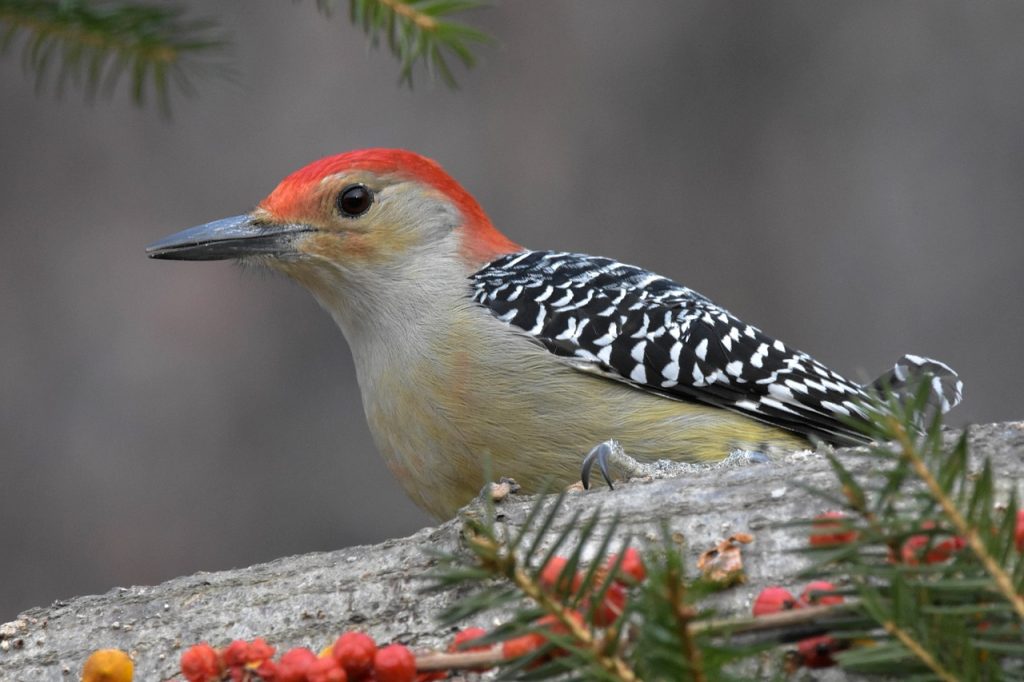
Population
The decline of several woodpecker species, including some facing imminent extinction, underscores the urgent need for conservation efforts to protect these birds and their habitats. Here’s a closer look at some of the endangered woodpecker species and the threats they face:
- Bermuda Flicker (Colaptes oceanicus): The Bermuda flicker is now extinct, primarily due to habitat loss and fragmentation caused by human activities, including deforestation and urbanization.
- Ivory-billed Woodpecker (Campephilus principalis): Once found in the southeastern United States, the ivory-billed woodpecker is critically endangered and possibly extinct. Habitat destruction and degradation, coupled with hunting and trapping, are the primary factors contributing to its decline.
- Imperial Woodpecker (Campephilus imperialis): The imperial woodpecker, once the largest woodpecker species, is critically endangered and likely extinct. Habitat loss, particularly the logging of old-growth forests in Mexico, has devastated its populations.
- Okinawa Woodpecker (Sapheopipo noguchii): Endemic to the Japanese island of Okinawa, the Okinawa woodpecker is critically endangered due to habitat destruction caused by urbanization and development.
These examples highlight the significant threats facing woodpecker species worldwide, particularly habitat loss, degradation, and fragmentation driven by human activities such as deforestation, urbanization, and industrial development. Climate change, invasive species, and direct persecution also contribute to the decline of some woodpecker populations.
Conservation efforts focused on habitat protection, restoration, and sustainable land management practices are essential for the survival of endangered woodpecker species. Additionally, raising awareness about the importance of woodpeckers and their ecosystems among local communities, policymakers, and stakeholders can help garner support for conservation initiatives aimed at preserving these iconic birds for future generations.
Before You Go…
Woodpeckers are fascinating and highly adaptable birds that play crucial roles in maintaining healthy forest ecosystems. With their distinctive behaviors, specialized adaptations, and diverse array of species, woodpeckers exemplify nature’s ingenuity and resilience. However, they face significant threats, including habitat loss, degradation, and fragmentation, leading to the decline of several species worldwide. Conservation efforts focused on habitat protection, restoration, and raising awareness are essential to safeguard woodpeckers and ensure their continued survival for generations to come.
